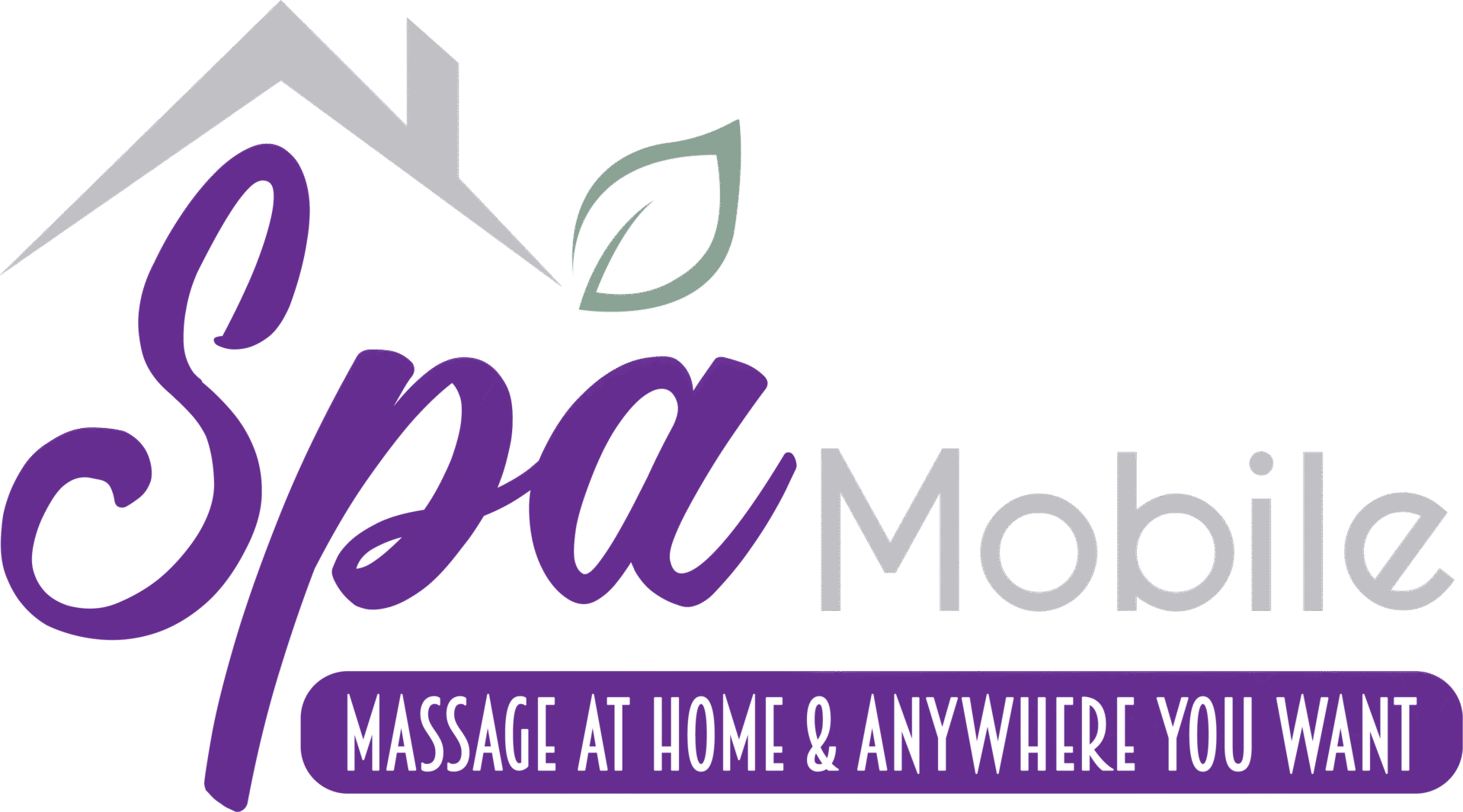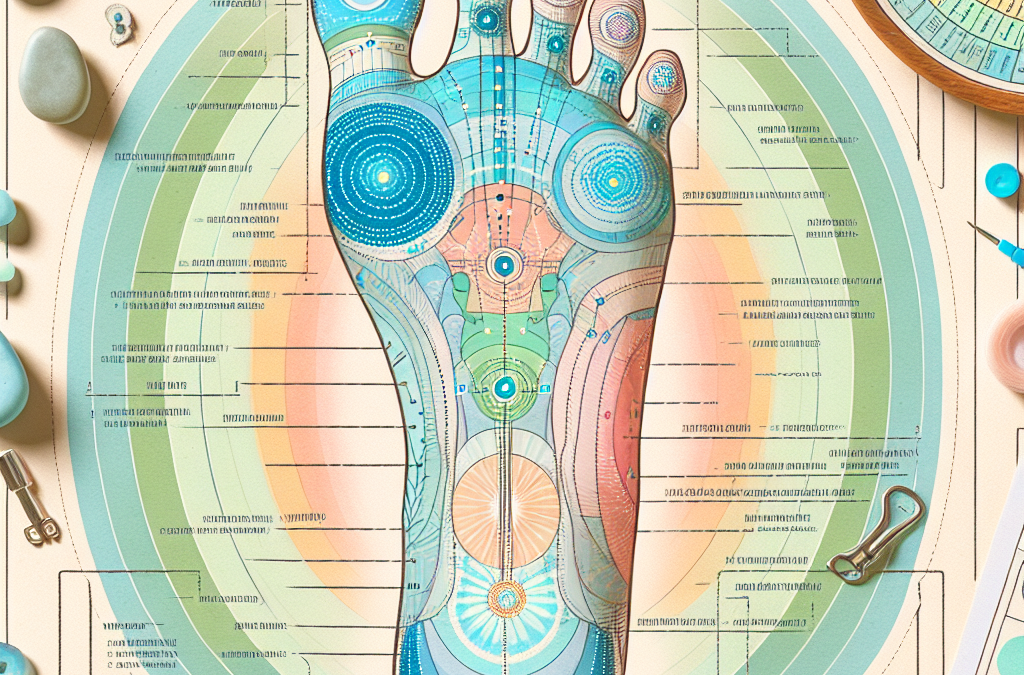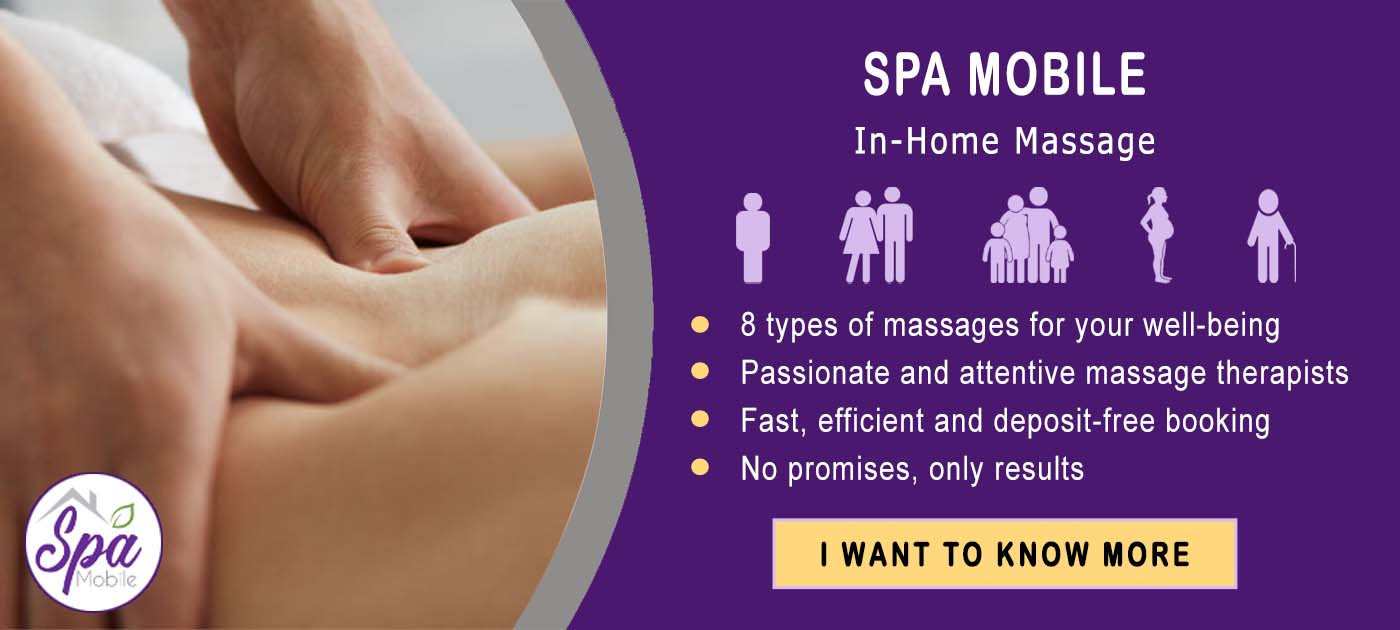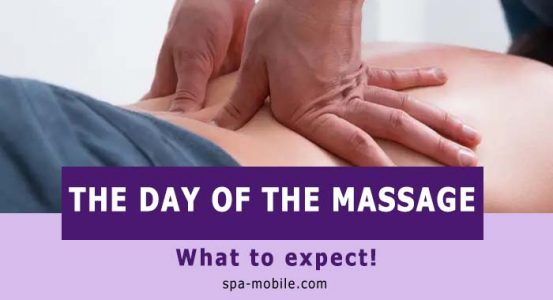Reflexology is an ancient healing practice that involves applying pressure to specific points on the feet to promote healing and relaxation throughout the body. This holistic therapy is based on the belief that reflex points on the feet correspond to different organs and systems of the body.
By stimulating these points through massage techniques, reflexologists can help to improve blood flow, relieve tension, and restore balance to the body’s energy flow. Many people find reflexology to be a profoundly relaxing and rejuvenating experience.
One of the critical tools used in reflexology is a foot chart, which shows the various reflex points on the feet and their corresponding body parts. By learning how to use a foot chart, you can unlock the healing power of reflexology and experience its many benefits.
The Reflexology Foot Chart
A reflexology foot chart visually represents the reflex points on the feet. These points are believed to be connected to different body parts, including organs, glands, and systems. By applying pressure to specific points on the feet, reflexologists can help promote healing and balance throughout the body.
Using a foot chart, you can locate the reflex points on your feet and stimulate them using simple massage techniques. This can help improve circulation, reduce pain and tension, and support overall health and well-being.
How to Use a Reflexology Foot Chart
Begin by locating the area on the foot corresponding to the body part you wish to target. For example, the area just below the toes is believed to correspond to the head and neck, while the heel is thought to conform to the lower back and hips.
Apply gentle pressure to the reflex point on your foot using your fingers or thumbs. You may feel a slight tingling or warmth in the corresponding area of your body as you do so. Hold the pressure for a few seconds, then release and repeat as desired.
It is important to listen to your body and adjust the pressure as needed. If you experience discomfort or pain, stop the massage and consult with a trained reflexologist or healthcare provider.
Benefits of Reflexology
Reflexology has been shown to offer a wide range of benefits for both the body and mind. Some of the potential benefits of reflexology include:
-
- Improved circulation
-
- Reduced tension and stress
-
- Increased relaxation
-
- Enhanced mood and well-being
-
- Pain relief
-
- Support for overall health and vitality
Many people find that reflexology can improve their quality of life and support their bodies’ natural healing processes. By incorporating reflexology into your regular self-care routine, you can unlock the healing power of this ancient practice and experience its many benefits.
Conclusion
Reflexology is a powerful healing practice that can help to promote balance and well-being throughout the body. Using a reflexology foot chart, you can learn how to stimulate the reflex points on your feet and experience the many benefits of this ancient therapy. Whether you’re looking to reduce stress, improve circulation, or support your overall health, reflexology can be a valuable tool in your self-care routine.
FAQs
Is reflexology safe for everyone?
Reflexology is generally considered safe for most people. However, if you have certain health conditions or are pregnant, it’s important to consult with a trained reflexologist or healthcare provider before trying reflexology.
How often should I practice reflexology?
You can practice reflexology as often as you like. Still, it’s generally recommended to start with shorter sessions and gradually increase the frequency as you become more familiar with the practice. Some people find daily reflexology sessions beneficial, while others prefer to practice reflexology a few times a week.
Can reflexology cure specific health conditions?
While reflexology can help support the body’s natural healing processes and promote overall well-being, it is not a cure for specific health conditions. Reflexology should not be used as a substitute for medical treatment but rather as a complementary therapy to support overall health and well-being.



